p-Toluidine
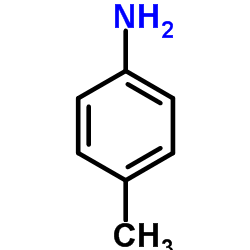
p-Toluidine structure
|
Common Name | p-Toluidine | ||
|---|---|---|---|---|
| CAS Number | 106-49-0 | Molecular Weight | 107.153 | |
| Density | 1.0±0.1 g/cm3 | Boiling Point | 197.4±9.0 °C at 760 mmHg | |
| Molecular Formula | C7H9N | Melting Point | 41-46 °C(lit.) | |
| MSDS | Chinese USA | Flash Point | 88.9±0.0 °C | |
| Symbol |



GHS06, GHS08, GHS09 |
Signal Word | Danger | |
| Name | p-toluidine |
|---|---|
| Synonym | More Synonyms |
| Density | 1.0±0.1 g/cm3 |
|---|---|
| Boiling Point | 197.4±9.0 °C at 760 mmHg |
| Melting Point | 41-46 °C(lit.) |
| Molecular Formula | C7H9N |
| Molecular Weight | 107.153 |
| Flash Point | 88.9±0.0 °C |
| Exact Mass | 107.073502 |
| PSA | 26.02000 |
| LogP | 1.40 |
| Vapour density | 3.9 (vs air) |
| Vapour Pressure | 0.4±0.4 mmHg at 25°C |
| Index of Refraction | 1.568 |
| Stability | Stable. Incompatible with strong oxidizing agents, strong acids. |
| Water Solubility | 1.1 g/100 mL |
CHEMICAL IDENTIFICATION
HEALTH HAZARD DATAACUTE TOXICITY DATA
MUTATION DATA
|
| Symbol |



GHS06, GHS08, GHS09 |
|---|---|
| Signal Word | Danger |
| Hazard Statements | H301 + H311 + H331-H317-H319-H334-H351-H410 |
| Precautionary Statements | P261-P280-P284-P301 + P310 + P330-P304 + P340 + P312-P342 + P311-P403 + P233 |
| Personal Protective Equipment | Eyeshields;Faceshields;full-face particle respirator type N100 (US);Gloves;respirator cartridge type N100 (US);type P1 (EN143) respirator filter;type P3 (EN 143) respirator cartridges |
| Hazard Codes | T:Toxic |
| Risk Phrases | R23/24/25;R36;R40;R43;R50 |
| Safety Phrases | S28-S36/37-S45-S61-S28A |
| RIDADR | UN 3451 6.1/PG 2 |
| WGK Germany | 2 |
| RTECS | XU3150000 |
| Packaging Group | II |
| Hazard Class | 6.1 |
| HS Code | 2921430090 |
| Precursor 9 | |
|---|---|
| DownStream 10 | |
| HS Code | 2921430090 |
|---|---|
| Summary | HS:2921430090 toluidines and their derivatives; salts thereof VAT:17.0% Tax rebate rate:9.0% Supervision conditions:none MFN tariff:6.5% General tariff:30.0% |
|
miR-145 suppress the androgen receptor in prostate cancer cells and correlates to prostate cancer prognosis.
Carcinogenesis 36 , 858-66, (2015) Androgen signalling through the androgen receptor (AR) is essential for prostate cancer initiation, progression and transformation to the lethal castration-resistant state. The aim of this study was t... |
|
|
Calculating virtual log P in the alkane/water system (log P(N)(alk)) and its derived parameters deltalog P(N)(oct-alk) and log D(pH)(alk).
J. Med. Chem. 48 , 3269-79, (2005) Growing interest in the use of both the logarithm of the partition coefficient of the neutral species in the alkane/water system (log P(N)(alk)) and the difference between log P(N)(oct) (the logarithm... |
|
|
QUANTITY: An Isobaric Tag for Quantitative Glycomics.
Sci. Rep. 5 , 17585, (2015) Glycan is an important class of macromolecules that play numerous biological functions. Quantitative glycomics--analysis of glycans at global level--however, is far behind genomics and proteomics owin... |
| 4-aminotoluene |
| 4-Aminotoluene,4-Methylaniline |
| p-methylaniline |
| EINECS 203-403-1 |
| tolyamine |
| p-Toluidine |
| p-toluidyna |
| MFCD00007906 |
| p-Toluidin |
| 1-amino-4-methylbenzene |
| 4-Toluidine |
| para-methylaniline |
| Tolylamine |
| 4-methylbenzenamine |
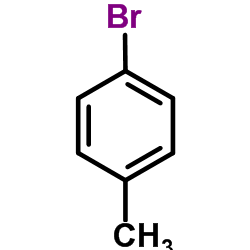 CAS#:106-38-7
CAS#:106-38-7 CAS#:99-99-0
CAS#:99-99-0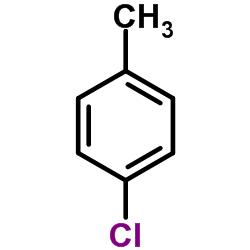 CAS#:106-43-4
CAS#:106-43-4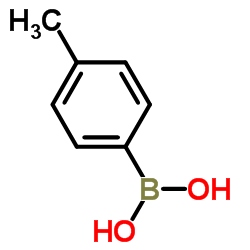 CAS#:5720-05-8
CAS#:5720-05-8 CAS#:624-31-7
CAS#:624-31-7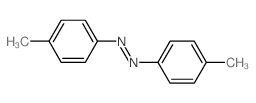 CAS#:501-60-0
CAS#:501-60-0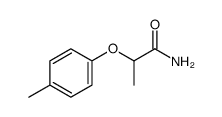 CAS#:817634-95-0
CAS#:817634-95-0 CAS#:29540-83-8
CAS#:29540-83-8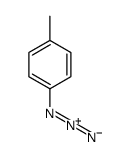 CAS#:2101-86-2
CAS#:2101-86-2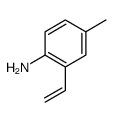 CAS#:107734-14-5
CAS#:107734-14-5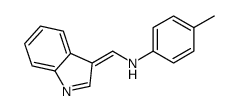 CAS#:105850-59-7
CAS#:105850-59-7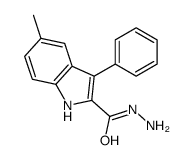 CAS#:105492-13-5
CAS#:105492-13-5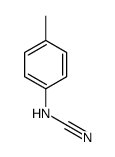 CAS#:10532-64-6
CAS#:10532-64-6 CAS#:112152-02-0
CAS#:112152-02-0 CAS#:105123-89-5
CAS#:105123-89-5 CAS#:1077-24-3
CAS#:1077-24-3 CAS#:110684-48-5
CAS#:110684-48-5 CAS#:10551-32-3
CAS#:10551-32-3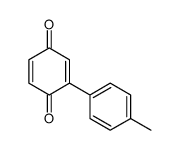 CAS#:30237-07-1
CAS#:30237-07-1
